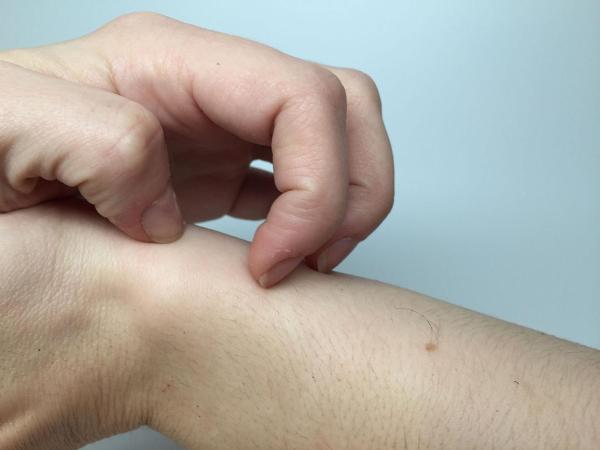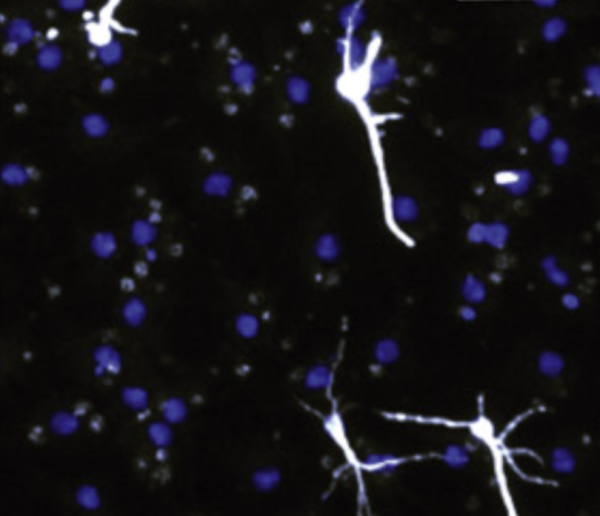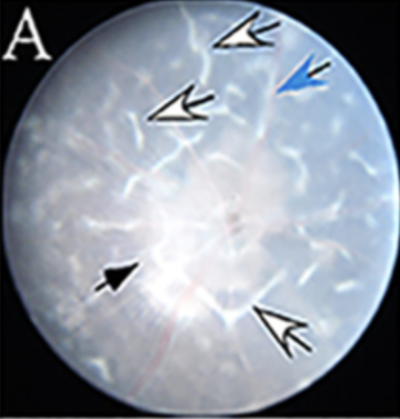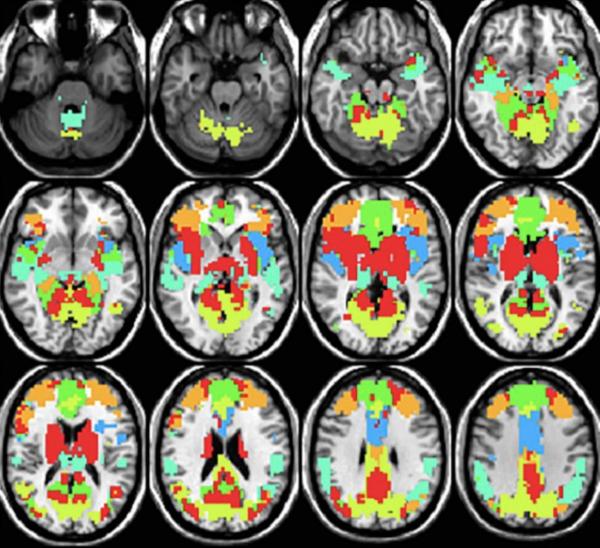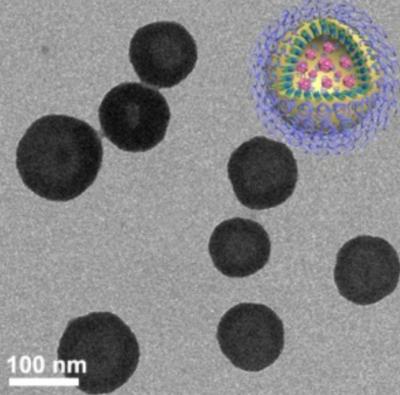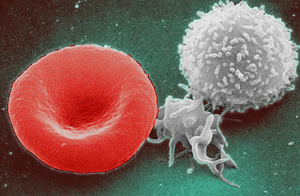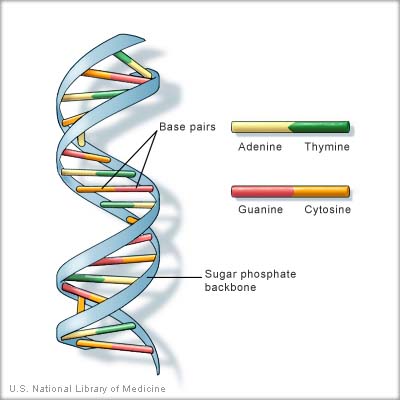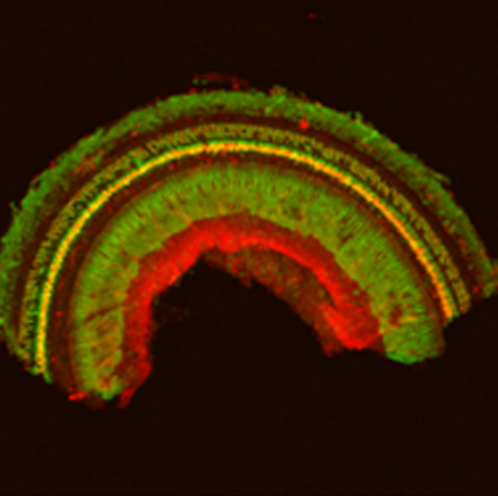Another Piece of the Alzheimer’s Puzzle
A Conversation with Dr. Lori Beason-Held
Expert estimates suggest that more than 5.5 million Americans may have dementia caused by Alzheimer’s, a disease currently ranked as the sixth-leading cause of death in the United States. Because of the condition’s growing prevalence and profound consequences for patients, understanding Alzheimer’s disease and other forms of cognitive decline is an important goal within the Intramural Research Program.
One example of the IRP’s many contributions to the field of Alzheimer’s research is a 2013 study that detected brain changes in older adults who would go on to develop cognitive impairment years before their memory began to fail. This research, led by IRP staff scientist Lori Beason-Held, Ph.D., aimed to understand who might be susceptible to developing Alzheimer’s disease and what factors contribute to the development of the disease before symptoms appear.


